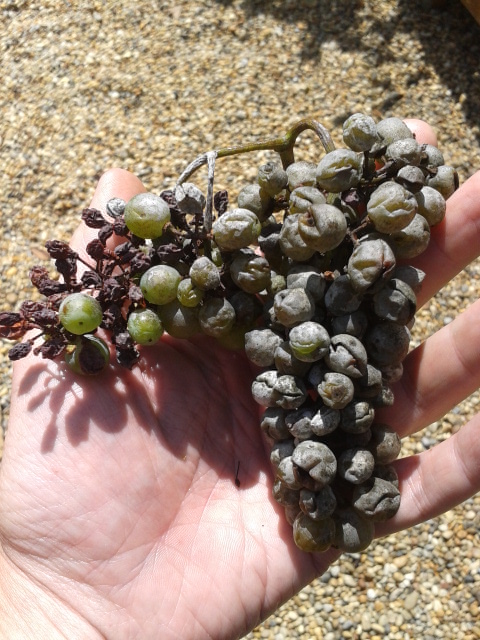user 36973
owner, winemaker
- Joined
- Jun 13, 2017
- Messages
- 706
- Reaction score
- 534
I'm planning out my spray schedule this year and am looking for a 0 PHI solution for PM and DM, so I can control these diseases throughout the harvest season.
Looks individually the 0.5% phosphorous acid (Rampart) sprays are good for DM and 1% JMS stylet oil is good for PM but is there risk of burning the vines when tank mixing these sprays?
Looks individually the 0.5% phosphorous acid (Rampart) sprays are good for DM and 1% JMS stylet oil is good for PM but is there risk of burning the vines when tank mixing these sprays?





